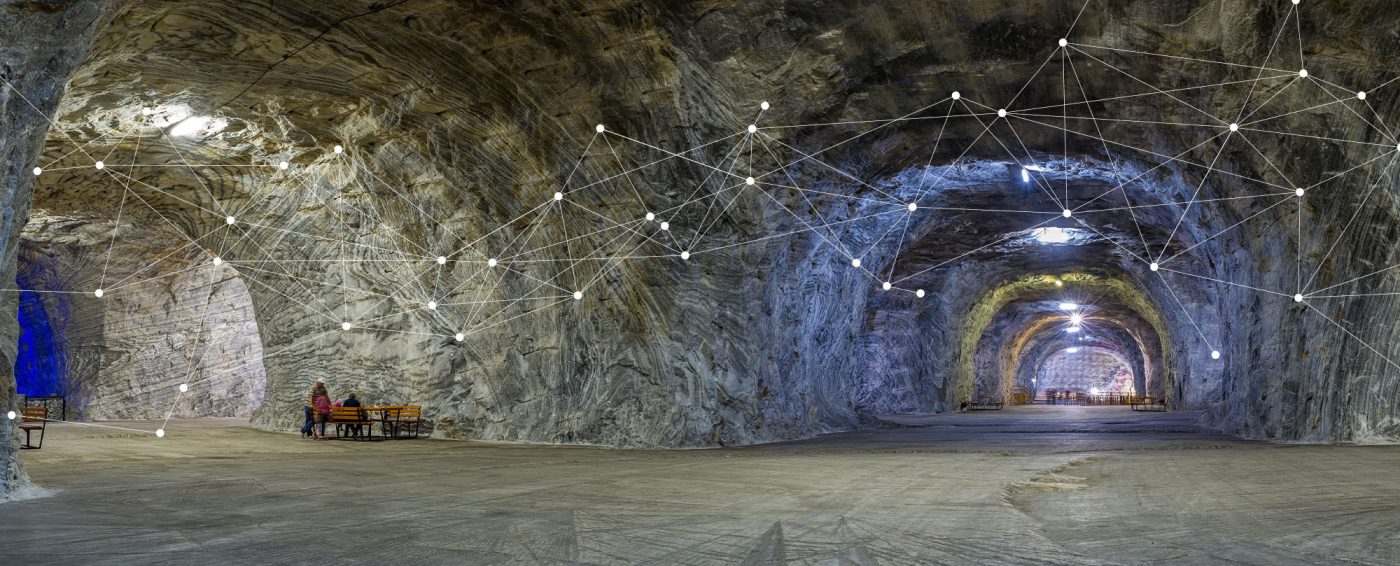In the dynamic landscape of natural resources exploration, the integration of remote monitoring and management systems has emerged as a transformative force, driven by the power of connectivity. This article delves into the significance of these technologies, their applications, and the impact they have on resource exploration and sustainability efforts.
The Evolution of Remote Monitoring and Management
Remote monitoring and management systems leverage connectivity to gather real-time data from remote locations, offering unparalleled insights into natural resources and environmental conditions. From monitoring wildlife habitats to managing mining operations, these technologies have revolutionized the way we interact with and manage our natural surroundings.
Satellite Surveillance: Eyes in the Sky
Satellite surveillance plays a pivotal role in remote monitoring, offering comprehensive coverage of vast and inaccessible areas. Equipped with advanced sensors, satellites capture high-resolution imagery and multispectral data, providing valuable insights into geological features, vegetation health, and land use patterns.
IoT Sensors: Monitoring at the Microscopic Level
The Internet of Things (IoT) expands the scope of remote monitoring by deploying sensors at ground level. These sensors measure parameters such as soil moisture, water quality, and air pollution levels, transmitting real-time data to centralized platforms for analysis. This granular data enables precise monitoring of environmental conditions and resource utilization.
Data Transmission: From Remote Sites to Centralized Repositories
Connectivity infrastructure, including satellite communication networks and high-speed internet, facilitates seamless data transmission from remote sites to centralized repositories. This ensures that decision-makers have access to timely and accurate information, enabling them to respond swiftly to emerging challenges and opportunities.
Real-time Analysis: Empowering Informed Decision-Making
Real-time analysis of remote monitoring data enables informed decision-making across various sectors of natural resources exploration. Whether identifying potential mineral deposits or detecting illegal logging activities, this actionable intelligence enables stakeholders to prioritize resources and optimize operations for maximum efficiency and sustainability.
Environmental Monitoring: Safeguarding Ecosystems
Remote monitoring systems play a crucial role in environmental stewardship by monitoring ecosystems and wildlife habitats. From tracking endangered species to detecting forest fires, these technologies provide early warning systems that help mitigate environmental threats and preserve biodiversity.
Asset Management: Optimizing Resource Utilization
In addition to environmental monitoring, remote management systems optimize resource utilization and asset management. Whether managing oil and gas infrastructure or optimizing agricultural practices, these technologies enable operators to maximize productivity while minimizing environmental impact.
Challenges and Considerations: Navigating the Complexities
Despite their numerous benefits, remote monitoring and management systems also present challenges and considerations. Data security, privacy concerns, and regulatory compliance are paramount, requiring robust governance frameworks and protocols to safeguard sensitive information and ensure ethical use of technology.
Future Directions: Innovating for Sustainability
As technology continues to evolve, the future of remote monitoring and management holds exciting possibilities. Advancements in artificial intelligence, machine learning, and autonomous systems promise to further enhance the capabilities of these technologies, driving innovation and sustainability in natural resources exploration.
Conclusion: Connectivity as the Catalyst for Change
In conclusion, remote monitoring and management systems, powered by connectivity, are reshaping the landscape of natural resources exploration. From satellite surveillance to IoT sensors, these technologies offer unprecedented insights and capabilities, empowering stakeholders to make informed decisions and drive sustainable development.
#Connectivity #RemoteMonitoring #NaturalResources #IoT #SatelliteSurveillance #EnvironmentalMonitoring #Sustainability #DataAnalysis #ResourceManagement #Innovation
